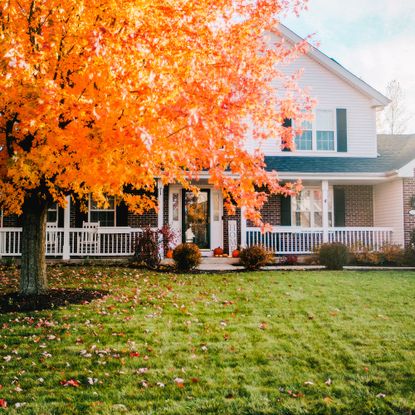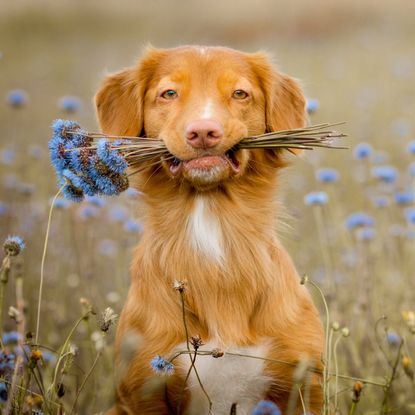Environmental Problems
Cultural plant problems and various types of environmental issues are inevitable, regardless of how well you care for your garden. So what is a gardener to do? The first step to solving gardening issues caused by environmental problems in gardens is to do your research. The pages that follow will help with that. With information for dealing with types of environmental issues like contaminated soil, floods, heat waves or cold spells, you’re sure to find something that relates to the particular needs of your garden. So keep reading to learn more.
-
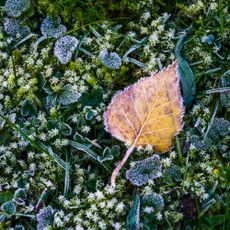
What Is Your First Frost Date? (And Why It Matters for the Health of Your Garden)
Knowing when your first frost date is sets the pace for everything in your garden. Grab the last ripe harvests, cover what you can, and batten the hatches.
By Tyler Schuster
-

5 Ways To Protect Your Garden Against Flooding This Spring, According To An Expert
Climate-resilient gardening expert Kim Stoddart explains how to get your garden ready for April showers and help reduce the risk of flooding this spring.
By Kim Stoddart
-
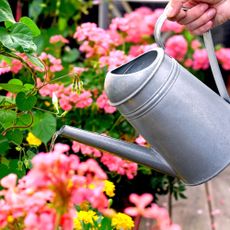
Worst Time To Water Plants: Don’t Make These Common Timing Mistakes When Watering!
Good watering isn’t just about knowing how, but when. We figure it’s just as important to know the worst time to water plants – so here are the big moments to avoid!
By Amy Grant
-
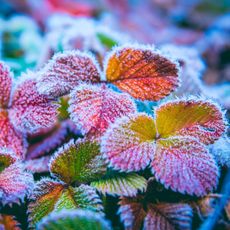
How To Protect Plants From A Freeze – Best Ways To Keep Plants Safe & Warm
The best laid plans of any gardener can get overturned by an unexpected cold snap. Here's some practical steps you can take to protect your plants from a freeze.
By Teo Spengler
-
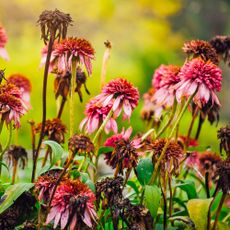
6 Remedies To Save Heat-Stressed Plants – Your Essential Summer Survival Guide
Ensure your plants remain vibrant and healthy throughout the hottest months of the year. These tips will help you to create a resilient garden that thrives in the face of rising temperatures.
By Melanie Griffiths
-

Heat Wave Gardening
Heat waves can cause serious stress for your plants. Give them plenty of shade and water. If possible, get them as healthy as possible before temperatures climb.
By Amy Grant
-
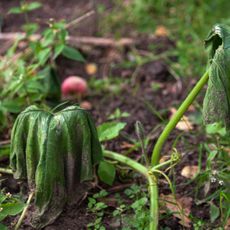
Dealing With Heat Stress: How To Protect Vegetables In Hot Weather
Heat stress can cause serious problems for vegetables, leading to wilting leaves, shriveled fruit, and even plant death. Extra protection is essential.
By Susan Patterson
-
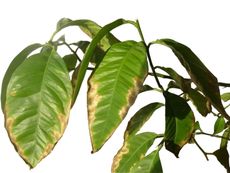
What Causes Brown Edges Or Brown Tips On Leaves?
When you see brown tips on plants and leaves, it’s time to investigate. Of all the possible reasons for brown tips on leaves, one of them will probably become obvious. Put on your Sherlock Holmes hat.
By Heather Rhoades
-
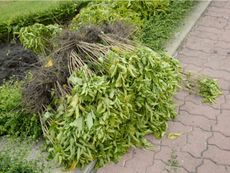
Uprooted Plant Damage: Dealing With Uprooted Plants
Uprooted garden plants are a very common gardening problem, especially in areas prone to high winds. Keep reading this article for information on what to do about plant roots coming out of the ground.
By Kristi Waterworth
-

How Does Smoke Affect Gardens - Caring For Smoke Damaged Plants
Can smoke hurt plants? How does smoke affect gardens? These are great questions to be asking and the answers may surprise you.
By Teo Spengler
-
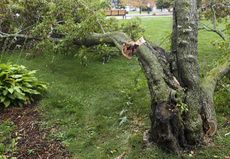
Wind Damaged Plants: Tips On Helping Plants After A Tornado
When winter weather gets wild and windy, trees can suffer. But if a tornado hits your area once warmer weather returns, you may see extensive damage to your plants and garden, even if your house is spared. Learn how to save plants after a tornado in this article.
By Teo Spengler
-
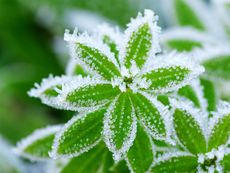
Freeze Damage To Plants - Information On How To Treat Frozen Plants
A crucial part of winterizing the garden is to protect half-hardy and sub-tropical plants. But what happens when they become frozen? Learn what to do in this article. Click here for more information.
By Bonnie L. Grant
-
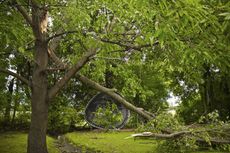
Wind Injury To Plants – How To Fix Wind Damaged Plants
Strong winds can damage or kill landscape plants. Dealing with wind damage promptly and properly can improve a plant's chances of survival, and in many cases, the plant will recover its former graceful glory. Learn more in this article.
By Jackie Carroll
-
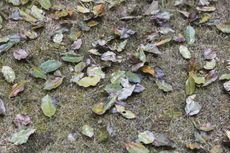
Effects Of Defoliation – What To Do For Defoliated Plants In The Garden
It can start with just a few leaves dropping off a plant before nothing but bare branches are left. There can be many reasons for this defoliation of plants. Click this article to learn what causes defoliation and the effects of defoliation in the garden.
By Darcy Larum
-
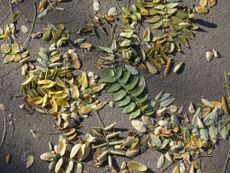
Reasons For Early Leaf Drop: Why Are My Plants Losing Leaves
The reasons for unexpected leaf drop can be weather-related. Learn more about early leaf drop in trees and plants and how it can be weather-related here.
By Teo Spengler
-
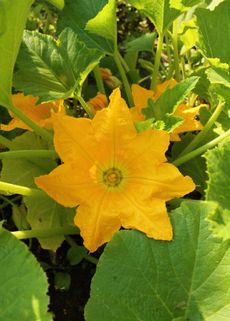
Flower Drop Tips: Reasons Why Healthy Blooms Fall Off
If you've ever experienced the disappointment of having healthy buds and flowers drop off of your plants, this article is for you. Click here to find out what causes blossom drop in plants, and what you can do about it.
By Jackie Carroll
-
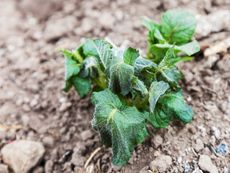
Keeping Plants Safe In Frost: How To Protect Plants From Frost
Even if your climate experiences cold winters, a single frost can come late in the spring or early in the fall to kill your tender plants well before their time. Learn more about protecting plants from frost in the article that follows.
By Liz Baessler
